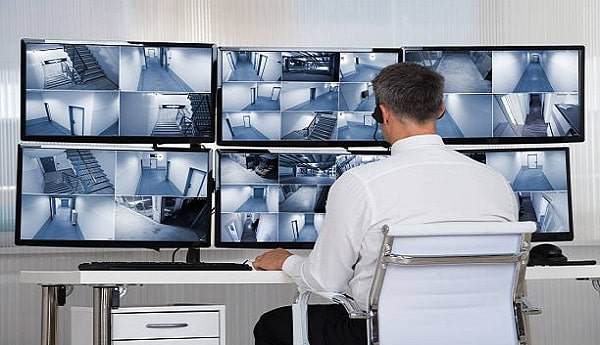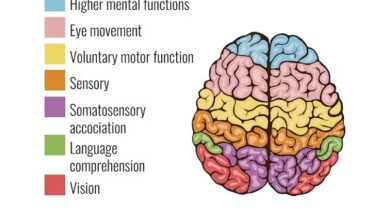Enhancing Safety: Effective Security Camera Monitoring Techniques

Safety and security are crucial in a globalized world. Security cameras protect public, commercial, and residential spaces. However, monitoring methods determine security camera effectiveness. Security camera monitoring deters threats and speeds incident response, protecting people and property. This article will examine security camera monitoring techniques, their importance, best practices, and how technology improves safety.
The Significance of Effective Security Camera Monitoring
Prevention and Deterrence
Security cameras deter criminals. Knowing they’re being watched and recorded reduces criminal and unauthorized behavior. Monitoring can prevent theft, vandalism, and other crimes, making everyone safer.
Timely Incident Response
Security camera monitoring provides real-time insights into ongoing events, allowing for immediate action in case of emergencies. Monitoring a situation as it unfolds empowers security personnel to initiate a rapid response, whether it’s notifying law enforcement, dispatching emergency services, or taking other necessary measures.
Gathering Evidence
Security camera footage is crucial evidence for investigations and legal proceedings in the unfortunate event of an incident. Monitoring techniques that capture clear and detailed footage are instrumental in identifying perpetrators, understanding the sequence of events, and providing crucial information to law enforcement.
Best Practices for Effective Security Camera Monitoring
Strategic Camera Placement
Strategically positioning security cameras is a fundamental aspect of an effective security camera monitoring service. Cameras should cover critical entry points, high-traffic areas, blind spots, and areas of potential vulnerability. Careful placement ensures complete coverage and reduces areas that malicious actors might exploit.
Regular Maintenance and Testing
Security cameras must be maintained optimally to ensure precise and reliable footage. Regular checks for lens cleanliness, damaged cables, and connectivity problems are essential. Scheduled testing of camera angles, lighting conditions, and recording quality guarantees that cameras operate as intended.
Continuous Monitoring Shifts
Security camera monitoring should be 24/7, ensuring constant oversight of the monitored area. To achieve this, security personnel typically work in shifts to avoid monitoring fatigue and ensure seamless coverage throughout the day and night.
Human Expertise
While technology has significantly advanced security camera capabilities, human expertise remains crucial. Trained security personnel can interpret camera footage, identify suspicious activities, and respond appropriately to situations, distinguishing between false alarms and genuine threats.
Leveraging Technology for Enhanced Monitoring
Video Analytics
Modern security camera systems often incorporate video analytics technology. Video analytics use AI algorithms to automatically detect and analyze objects, behaviors, and patterns within camera footage. This technology can alert security personnel to unusual activities, such as unauthorized access or loitering, allowing for a swift response.
Remote Monitoring
Advancements in technology have enabled remote monitoring capabilities. Security personnel can access camera feeds and footage remotely through computers or mobile devices. This flexibility ensures that monitoring is not limited to a physical control room, allowing quick response even when personnel are off-site.
Alerts and Notifications
Security camera systems can be programmed to send real-time alerts and notifications to designated individuals or groups when predefined events occur. This could include motion detection, restricted area breach, or camera tampering. Alerts ensure that appropriate actions are taken promptly.
Integration with Other Systems
Integrating security camera systems with other security measures, including access-control systems, alarms, or call center services, creates a comprehensive security network. When a security breach is detected, cameras can automatically zoom in on the affected area, providing enhanced visibility to security personnel, and the call center can alert the owner.
Data Privacy and Legal Considerations
Privacy Compliance
While security cameras are vital for enhancing safety, respecting individuals’ privacy is equally important. Businesses and organizations must comply with relevant data protection and privacy regulations when installing and operating security cameras. This includes informing individuals about camera presence, limiting surveillance to public areas, and handling recorded data responsibly.
Data Retention Policies
Developing clear data retention policies is essential. Organizations should establish guidelines for how long camera footage will be stored and when it will be deleted. Adhering to these policies ensures compliance and prevents the accumulation of unnecessary data.
Conclusion
Effective security camera monitoring is critical to maintaining safety and security in various settings. By employing strategic camera placement, adhering to best practices, leveraging technology, and respecting privacy considerations, businesses and organizations can significantly enhance their ability to prevent and respond to incidents. The synergy of human expertise and advanced technology creates a robust monitoring environment that deters potential threats, enables rapid response, and provides valuable evidence when needed.




